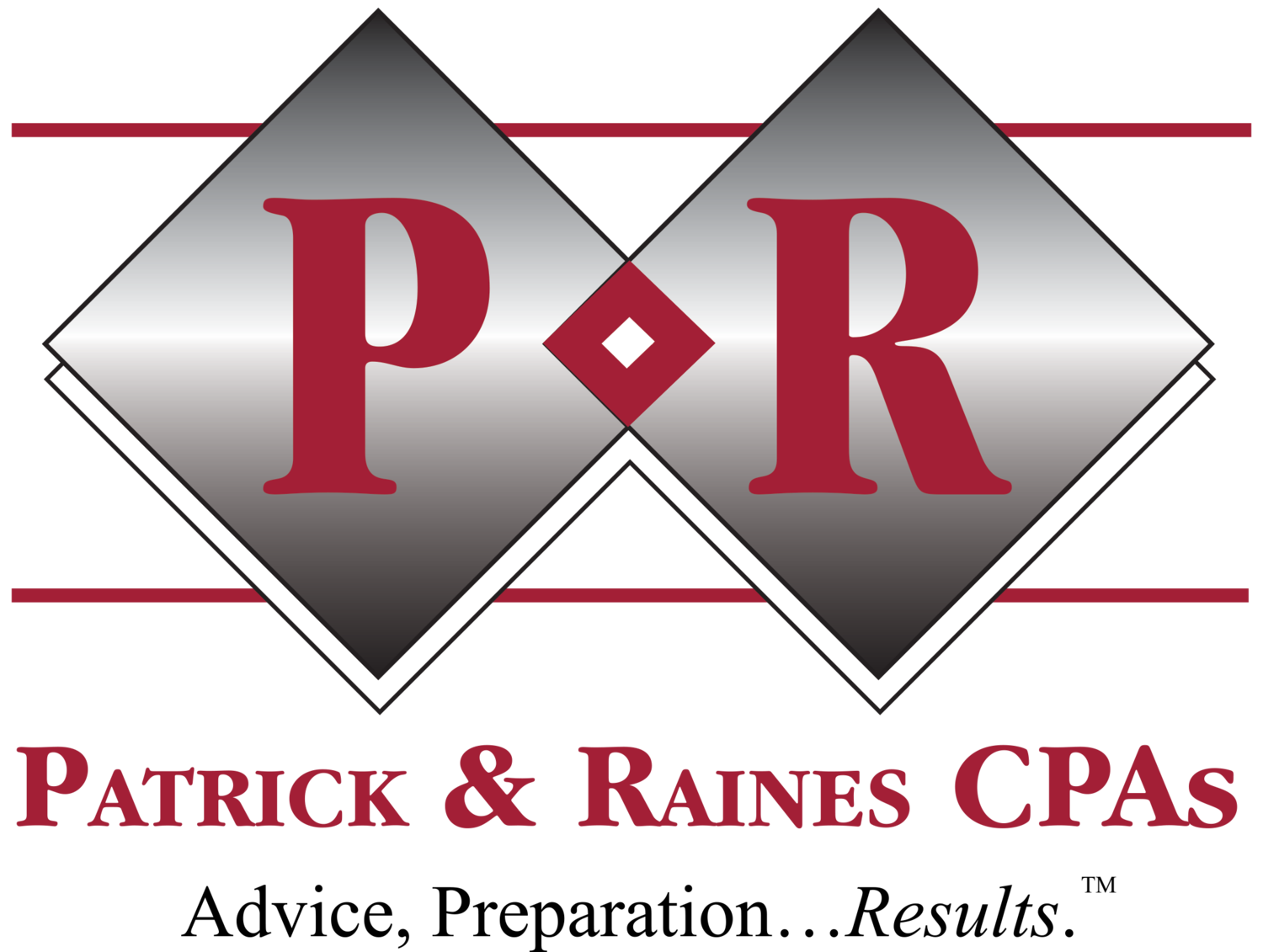Social Security Wage Base Increase to Affect Taxpayers, Employers
Federal Insurance Contributions Act (FICA) tax is a combination of Old Age, Survivors and Disability Insurance (OASDI) and Hospital Insurance (commonly known as Medicare).The total FICA tax amounts to 15.3% of wages – half paid by the employer, half by the employee. The tax is broken into two parts, and in 2017, the employer rate will again be 6.2% for OASDI and 1.45% for Medicare.For 2015 and 2016, the “wage base” for paying the OASDI portion has been $118,500. Employees pay tax until they reach that limit, and then are exempt on earnings above that amount. The same held true for individuals paying self-employment tax. No wage cap exists on the Medicare portion of FICA.Beginning in 2017, the Social Security Administration (SSA) announced the wage base will increase to $127,200 before workers become exempt.As a result, employers and employees could each pay an additional $539.40 in OASDI tax next year.Self-employed individuals will, of course, pay the whole amount: $1,078.80. On the plus side, they can still deduct half of it on their federal income tax return.For employees, the rate is 6.2% for OASDI up to $127,200 of wages and 1.45% Medicare tax on the first $200,000 earned ($250,000 for filers of joint returns). Beyond that, workers earning more than $200,000 pay another 0.9% in “additional Medicare tax” (for a total of 2.35%).The same figures apply to self-employed individuals.With all the increase in taxes, recipients of any kind of social security income can expect a whopping 0.3% cost of living adjustment beginning December 30, 2016. It may not seem like much, but it’s more than the zero increase they received last year.For help in federal tax planning, the experienced team at Patrick & Robinson CPAs is always available.Contact us at Office@CPAsite.com or 904-396-5400.

